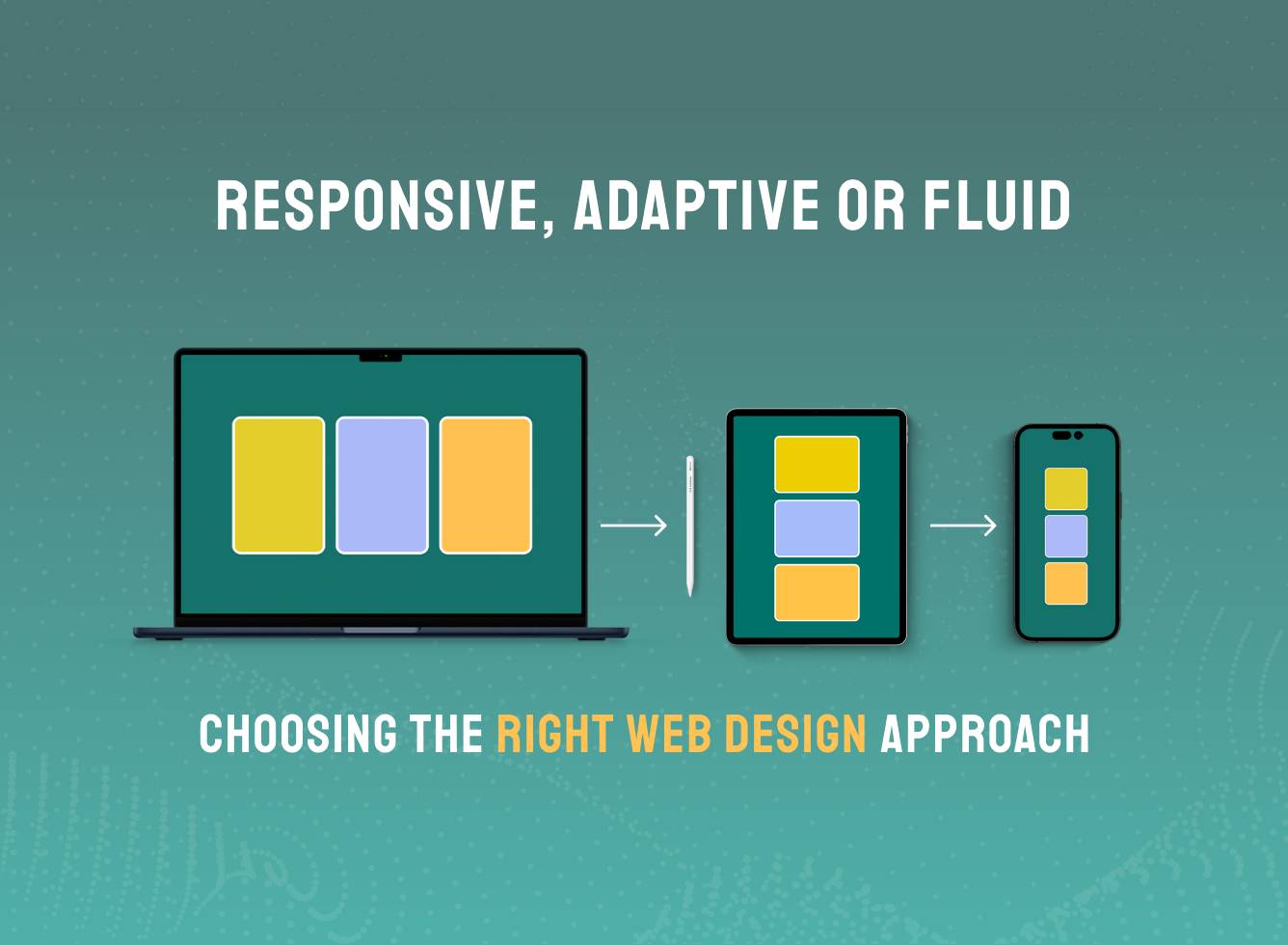Rethinking Website Design for Modern Business Needs

The way businesses approach website design is changing - and it should. What was once a static, set-it-and-forget-it platform is now expected to flex and evolve with business strategy, user behaviour, and technological advancements.
Yet many companies are still making design decisions based on outdated assumptions. They focus on how the site looks rather than what it achieves, and often delay action until performance suffers. In today’s environment, that's a risk no business can afford to take.
Moving Beyond Surface-Level Redesigns
Far too often, a website redesign is triggered by how “old” the site appears. Visual aesthetics are important, but they’re just one layer of the experience. What often gets overlooked is functionality – how easily a user can find key information, complete a purchase, or trust what they’re engaging with.
Businesses also fall into the trap of believing that a site should last untouched for several years. But digital behaviour doesn’t wait. As customer needs evolve, content, structure, and features must keep pace – or risk falling behind competitors who treat their website as a living product.
Website Design Is Now Part of Business Strategy
Modern websites are not just marketing brochures. They are conversion engines, sales tools, support hubs, and brand validators – all rolled into one. The way information is presented, the logic behind navigation, and the visual language used all influence how a brand is perceived and whether users act.
Whether the goal is to generate leads, reduce support costs, attract investors, or increase lifetime value, design decisions must reflect those priorities. A polished homepage means little if the product detail page fails to convert or the contact form is buried under friction.
Adopting a Continuous Evolution Mindset
Rather than thinking in redesign cycles, forward-thinking businesses embrace ongoing optimisation. This means running regular UX audits, analysing real user behaviour, tracking performance benchmarks, and iterating based on outcomes.
Much like products are improved based on customer feedback, websites too should evolve based on how users interact with them. A high-performing site today can fall flat in a year if it doesn’t adapt to new expectations or device behaviours.
Design that Aligns with Real Goals
Effective design is anchored in strategic purpose. It’s not about adding animation or updating colours for the sake of trend – it’s about clarity, utility, and impact.
For example, a B2B service provider may not need heavy visual effects but will benefit from simplified navigation, fast-loading pages, comparison tables, and smart CTAs. Meanwhile, a direct-to-consumer brand may require storytelling, rich visuals, and strong social proof.
When design decisions support measurable goals, the website becomes more than a visual asset – it becomes a performance engine.
Where Website Thinking Still Falls Short
Many businesses treat content, design, and SEO as separate streams. This siloed approach often leads to fragmented outcomes. A site might be visually appealing but slow to load. Or SEO-optimised but difficult to navigate.
Another common issue is the lack of clear ownership. Without ongoing accountability – whether internal or through an external partner – updates get delayed, bugs stack up, and key improvements are missed.
Signs It’s Time to Rethink
While some issues are obvious, others emerge gradually. Here are some clear indicators that it’s time to take a closer look:
- Users are bouncing despite solid traffic
- Mobile performance lags significantly behind desktop
- Core pages aren’t aligned with current business priorities
- CMS feels restrictive, or integrations are breaking down
- Feedback from customers or internal teams suggests growing friction
A full redesign isn’t always necessary – in many cases, a reorganisation, content refresh, or focused development sprint can resolve critical issues. Businesses operating in high-demand, competitive regions may find that performance issues are amplified by customer expectations. In such cases, working with a web design London based team can make a significant difference. Proximity brings better context, clearer communication, and more agile execution – all vital when user needs evolve quickly and digital performance directly affects business outcomes.
Web Design as a Foundation for Growth
A modern website should be treated like a core business tool – continuously reviewed, strategically managed, and intentionally improved. Design, content, and functionality must work together to support measurable outcomes, not just make a brand look good.
This shift in mindset is what separates websites that simply exist from those that actively contribute to growth. By aligning design with business intent and treating the website as an evolving platform, businesses can turn digital presence into lasting performance.



